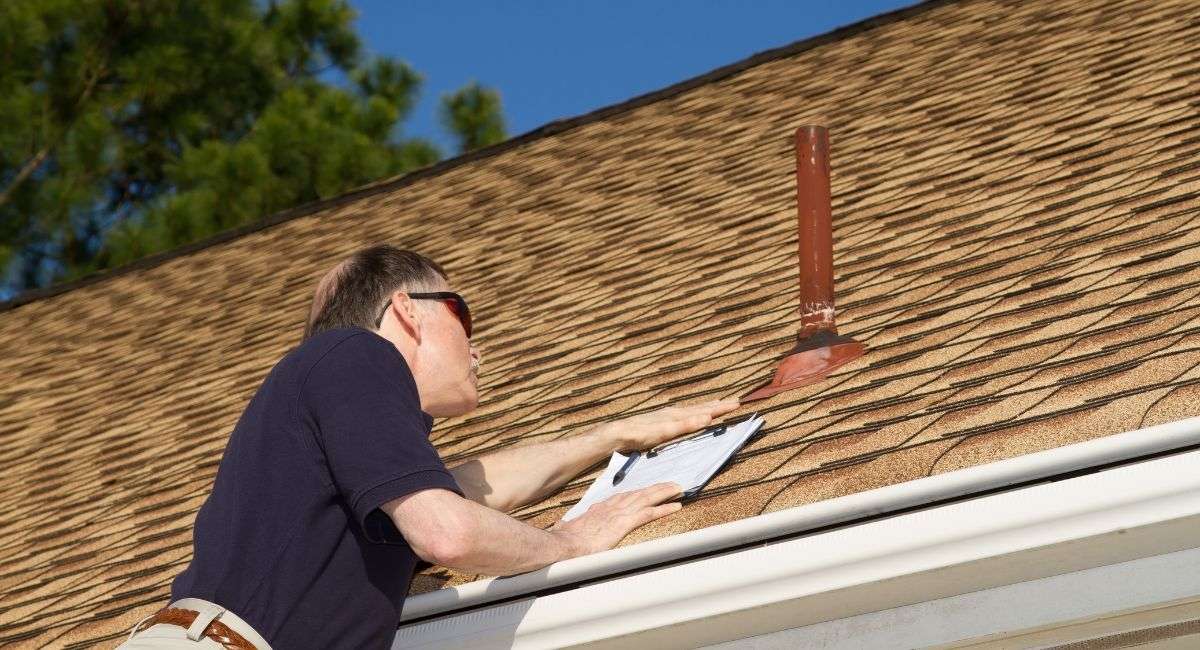Understanding Plumbing Boots and Their Role in Roofing
Plumbing boots, often referred to as pipe boots or pipe flashings, are essential components of roofing systems designed to accommodate plumbing pipes that penetrate through the roof. In this post, we will discuss boots, the optimal installation techniques, common problems encountered, and solutions for those issues.
What Are Plumbing Boots

Typically made from durable materials such as rubber, neoprene, or thermoplastic, plumbing boots are designed to withstand exposure to various weather conditions, including sunlight, rain, snow, and extreme temperatures. They come in different sizes and shapes to accommodate different pipe diameters and configurations. Their primary purpose is to create a watertight seal around the pipes, preventing water intrusion into the building and safeguarding against potential leaks and structural damage. Aside from providing waterproofing protection, plumbing boots also play a crucial role in maintaining the integrity and aesthetics of the roofing system.
By effectively sealing around plumbing penetrations, they help preserve the structural integrity of the roof and prevent moisture-related issues such as mold growth, wood rot, and interior water damage.
How to Install Plumbing Boots
The installation of plumbing boots involves a meticulous process to ensure a secure and effective seal.
- Roofers begin by cutting an appropriate-sized hole in the roofing material to accommodate the pipe.
- The plumbing boot is then placed over the pipe and positioned securely on the roof surface.
- Next, the boot is fastened to the roof deck using nails or screws, and the edges are sealed with roofing cement or caulking to prevent water from seeping underneath.
- One of the critical aspects of installing boots is ensuring a proper fit and seal around the pipe.
- Roofers often use techniques such as trimming the boot’s opening to match the pipe diameter precisely and applying sealant generously to eliminate any gaps or vulnerabilities.
- Additionally, some advanced plumbing boots feature adjustable collars or sleeves to accommodate pipes of varying sizes, providing added flexibility and versatility during installation.
Common Issues

Leaks from failing or deteriorating pipe fittings are a leading cause of roof leaks. The rubber or neoprene components of these fittings often don’t last as long as the roof itself, making their replacement and maintenance necessary before a new roof is required. UV rays and harsh weather conditions can cause the rubber or neoprene to crack, split, or loosen, creating gaps that allow water to infiltrate your home.
Another common issue stems from improper installation of plumbing boots. Incorrect installation can lead to leaks and other complications over time. Boots that are not fitted correctly may also damage the roof if they are too tight or too loose, resulting in tears or warping of the roofing material around the boot.
Have an Issue, Now What?

Roof boots are indispensable components of roofing systems, functioning to seal and protect plumbing pipes that penetrate through the roof. These boots are typically made of durable materials like rubber or metal and are designed to withstand various weather conditions. Through proper installation and regular maintenance, roofers ensure that these boots provide reliable waterproofing and significantly contribute to the long-term performance and durability of the roof. A well-installed roof boot can prevent leaks, reduce the risk of water damage, and extend the lifespan of the roofing system.
If you currently have a plumbing boot leak or concerns about the potential failure of one on your roof, it is crucial to address the issue promptly to prevent further damage. Contact Roof MD to perform a free roofing inspection and we can address it as needed. Our expert team will assess the condition of your roof boots and provide the necessary repairs or replacements to ensure your roof remains in optimal condition.
